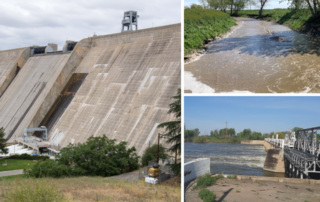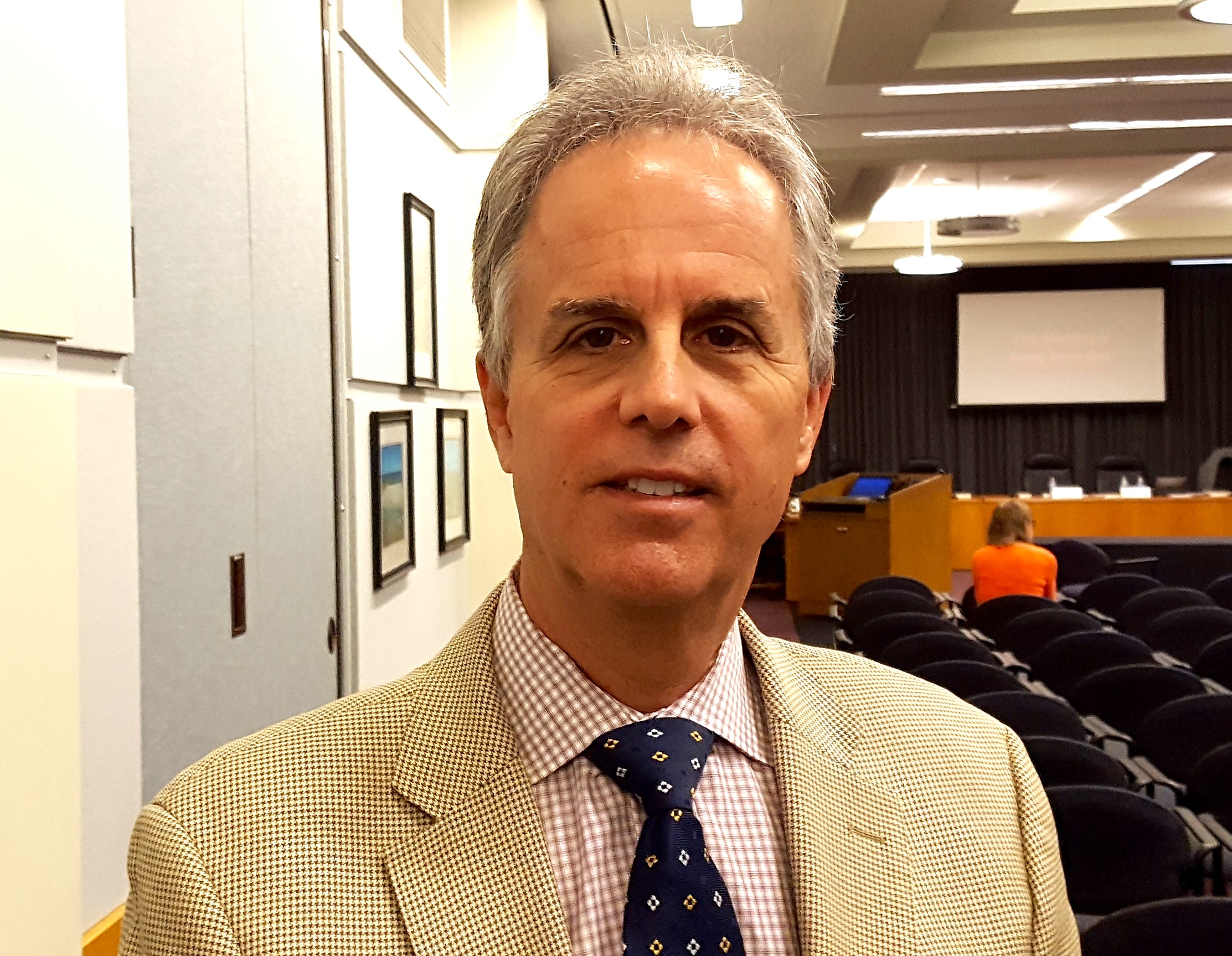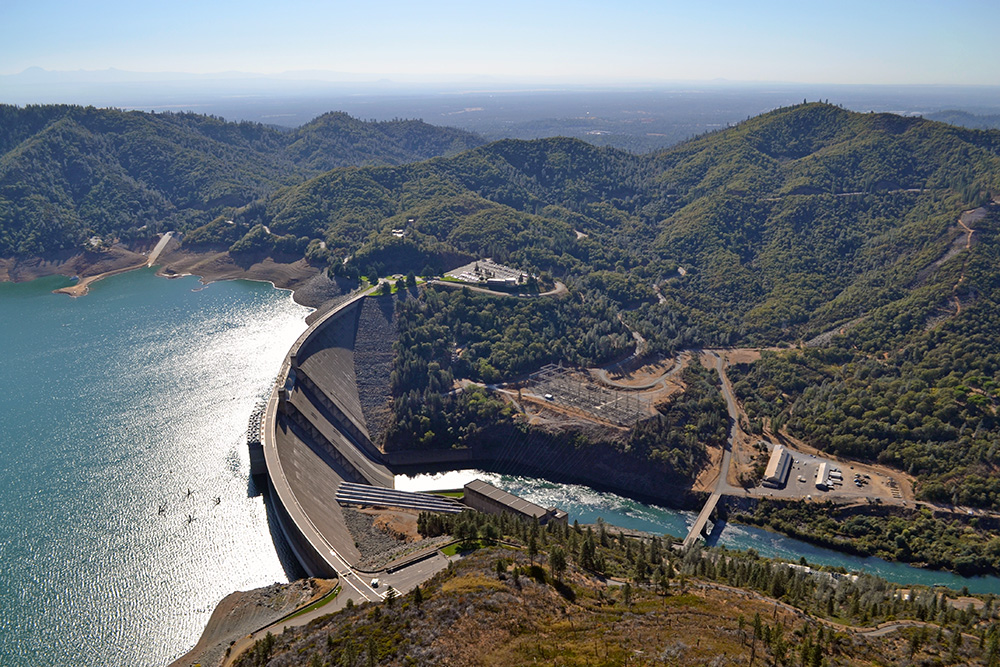Louder Voices, Bigger Investments Needed for California Water Security, Local Experts Say
By Alex Tavlian, San Joaquin Valley Sun
The California Water Alliance’s water forum tackled how best to fight for a stable, plentiful water supply for America’s breadbasket.
As the San Joaquin Valley yo-yos from drought to flooding, the region’s top water experts spent Thursday afternoon examining how to best approach the Valley’s long and short-term needs.
The viewpoints came amid the California Water Alliance’s third-annual water forum featuring the leaders of Friant Water Authority, Westlands Water District, farmer Cannon Michael, and Rep. John Duarte (R–Modesto).
Duarte hones in on twin crises: With the expected ‘Big Melt’ likely to increase flooding likelihoods across the San Joaquin Valley over the spring and summer, Duarte opened the forum by noting that he pressed the U.S. Army Corps of Engineers to expedite permitting for channel flow improvements by water agencies.
- “I would encourage anyone who can to move ambitiously on this opportunity. There may be some Federal grants available, but the diesel is going to be cheaper than the biologists later,” Duarte said. “So get busy.”
- The freshman Republican congressman stressed that bringing California’s water security conversation to its urban hubs in the Bay Area, and particularly Southern California, should center around its ability to relieve housing affordability through the creation of new, available 50-year water supplies.
- He added that the dream list of water projects – from proposed new dams to raising pre-existing reservoirs – would run the state roughly $12 billion.
- “I’m in favor of the Federal government and the state government paying for it. California had $31 billion in unemployment fraud during COVID. California’s paying $120 billion for a bullet train nobody’s going to ride. It’s currently flooded, it’s a bullet boat. [Gov. Gavin Newsom’s] gonna go from Woke Moses to Woke Noah this summer,” Duarte said.
- “The money’s there. There’s a definite sentiment in at least part of Congress, and I think it’s spreading. I think there’s a lot of urban legislators that are Democrats that are starting to wake up and find out that our water scarcity in California is really hurting working families up and down the state. Without water abundance we will never have affordable housing for working families in California again.”
Reality check needed: Michael, a member of a litany of water organizations and chairman of the San Luis-Delta Mendota Water Authority, pressed for an all-of-the-above approach to the state’s water fluctuations, acknowledging the need for groundwater recharge while boosting above ground water storage.
- “It makes me nervous a little bit that some of the NGO community is highlighting groundwater recharge as strongly as they are. Not that I don’t think it’s valuable. But in some ways, it’s kind of a head fake. It’s this shiny object that’s going to solve these problems. It’s going to solve some problems, but [the Water Blueprint for the San Joaquin Valley] has done a great job of pointing out the deficit in the Valley of water and the only way out of that is from above ground storage.
- Michael singled out Shasta Dam as the poster child for the tug of war.
- “There’s this opposition to raising Shasta, which is just insane. It was designed to be bigger and it’s a key component of our system. That reservoir has essentially been hijacked,” Michael said. “That reservoir will never be drawn down below 1 million acre-feet any more. We saw that last year when the Settlement contractors, who were supposed to get 75 or 100 percent of their supply got 18 percent At the same time, there was 1 million acre-feet more of water in Shasta than in 1977.”
Embracing recharge: Freshly-minted Westlands Water District executive director Allison Febbo noted that the nation’s largest agricultural water district is focused on tackling water scarcity by leaning into efficiencies while rapidly embracing in groundwater recharge, a top priority of the district.
- “What we need to do is be able to recharge and really squirrel away the water when we have this abundance of water that we’re seeing right now we need to be able to take that and save it for the future,” Febbo said.
- “Westlands has gone from zero recharge to right now over 1600 acre feet a day of recharge, and we’re hoping to get to over 65,000 acre feet of recharge in the next month or two, possibly more.”
- Febbo added that a collaborative approach was the route to strengthen water security in the Valley.
- “This isn’t something that can be done by just one water district or one water agency or even one region, this is really a statewide solution where we need to be collaborating with each other, partnering with each other, and moving away from this ‘If I win, you lose’ or ‘If you win, I lose’ mentality,” she said. “We need to be collaborating together and finding multifaceted solutions for these problems.”
A call-to-action: Jason Phillips, the chief of the Friant Water Authority, laid bare the deficiencies in securing increased water supplies for central California, calling on farmers to utilize their voices for targeted investments.
- “I would say that we need to understand something very clearly: we have failed miserably for 40-plus years at generating new water supplies and constructing anything. We’ve gotten nothing done for new storage. So, we need to be very careful when we say ‘We need to build new storage.’ We’ve been saying that for 40 years,” Phillips said.
- “We failed with CALFED, which was a President Clinton and Governor Gray Davis joint proposal to build five new reservoirs, none of which happened. That was 23 years ago,” the Friant chief said. “[2014’s] Prop. 1 was a failure. It passed, but it has not been building any new storage.”
- “When we talk about what we should be focusing on, the only people who should be focusing on storage is Congressman Duarte and others who can write into law that you are going to go get it done. Because the environmental community and the current people that run this government, they have our number. Checkmate it every time. They will make sure we don’t build it, no matter how smart or how good we think we’re going to get it done.”
- “We need to get more sophisticated at how we can go and actually start building water supply. The most important infrastructure that we need is infrastructure of advocates and advocacy to be able to use our existing project facilities. The reason we failed for the last 40 years and depressing as it might sound we might fail for the next 40 is because we’re not able to sit up here and articulate quickly enough – because it’s so complicated in California – why we’ve lost so much water.”
- “In 2008 and 2009 there was a biological opinion that was forced upon us by government employees – not Congress – that cost us more water than five Temperance Flat Reservoirs would have produced like that. Gone.”
- Phillips turned the table on professional advocates, lawyers, and lobbyists working on behalf of water agencies and grower groups who have insufficiently fought onerous water cutbacks.
- “Most of [the 2008/2009 biological opinions], you were all paying someone who agreed to it. That was our advocacy. You were paying somebody to agree to give up water on an order of magnitude that far exceeds any storage projects we’ve built,” Phillips said.
- “The hardest thing is that the government employees using the Endangered Species Act and other laws to take our operation of existing projects and constantly tweak it to send more water out to the ocean – and it’s not instead of what they were sending, it’s always on top of that.
- “We will have choices to make: do we want to advocate against that? Or do we want all of who you’re paying for to go sit at the table with the government to agree to give up more of our water?”
Rethinking the Calif. equation: Ryan Jacobsen, the Fresno County Farm Bureau boss, noted that the state needed a reality check to its once-simple water equation of 50-40-10, meaning 50 percent of water went to environment, 40 percent of water went to agriculture, and 10 percent to municipal and industrial water users.
- “That’s no longer true. Today, those numbers are 80.5 percent of the water in the state of California goes toward environmental purposes now. Of that, 50 percent of that is uncaptured in the environment, 30.5 percent is captured and stored for the environment. Fifteen percent of the total supply is now going toward agriculture, and 4.5 percent is the urban share,” Jacobsen said, citing a new study from the California Farm Bureau Federation.





















